Ask architects which Australian magazine they choose to read or to publish their work and the answer is most likely Architecture Australia. If you want to be up to date with the best built works and the issues that matter, then Architecture Australia is for you. Its commissioned contributors are independent, highly respected practitioners, architectural thinkers and design commentators and each article is supported by images from leading architectural photographers. Provocative, informative and engaging – it is the national magazine of the Australian Institute of Architects.
Housing as a social and economic enabler
Architecture Australia
One size doesn’t fit all: The complexity of human needs • We acknowledge the Traditional Owners of Country throughout Australia and recognize their continuing connection to land, waters and culture. We pay our respects to their Elders past, present and emerging.
NMBW Architecture Studio with Monash Art, Design and Architecture
Peter Stutchbury Architecture • A true collaboration between architect and client, this Blue Mountains house goes beyond the prescriptive nature of the Australian Standard for access and mobility, providing a much more personalized outcome and offering a view of the stars.
Residential design through a lens of care • The design of houses for disability and neurodivergence is a complex process that requires an increased depth of understanding by the architect, who must take into account the condition of the resident, their values and desires beyond their condition, and the needs of the home’s other residents. Anthony Clarke explores four house designs that have been guided by an empathic process – sometimes with unplanned but advantageous outcomes.
Retrofit project: Adaptive systems for more inclusive housing • Maryam Gusheh and Catherine Murphy
Inventive interventions • Maryam Gusheh and Catherine Murphy introduce the dossier and discuss the partnership between Monash Art, Design and Architecture (MADA) and the Australian Human Rights Commission to develop design-led strategies for retrofitting our housing to suit everyone.
The power of the small change • The use and amenity of buildings can be altered through small changes – recladding a wall, installing a step-up, splitting a room. Louise Wright and Mauro Baracco, who have reimagined many houses for more functional use, explain how such changes can unlock broader, life-related possibilities.
Indigenizing practice: Inclusive Indigenous community housing • No more than a door: Culturally appropriate housing need not be more expensive, but some basic steps in the design process go a long way to ensuring residents’ satisfaction and comfort, argues Hannah Robertson.
Design-led innovation: Prefabricated models • Prefabrication is about more than scalability and price; this method can also offer adaptable solutions for unexpected and changing housing needs. Francisca Rodriguez and Kirsty Volz consider several prefabricated house designs developed to facilitate customization, meet accessibility needs and create accommodation “that people are proud to call home.”
The problem of aging housing: A co- and re-design approach • Older apartment blocks represent a significant urban asset, but many no longer suit their current inhabitants. Sandra Karina Löschke and Hazel Easthope look to Europe, where many redesign projects that involve residents in the process have transformed the quality of apartment living. How might we adopt similar methods of renovation in the Australian context?
Deep retrofit for more accessible, equitable and resilient houses • The poor environmental performance of Australian houses is a major contributor to energy poverty. Philip Oldfield shows how, using architectural imagination and technical ingenuity, “deep retrofitting” provides the...
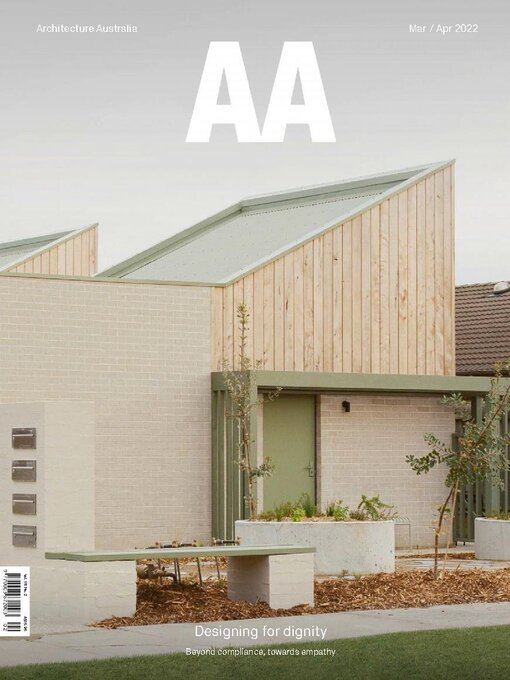
 Mar 01 2025
Mar 01 2025
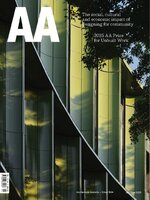 Jan 01 2025
Jan 01 2025
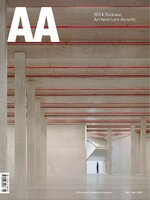 Nov 01 2024
Nov 01 2024
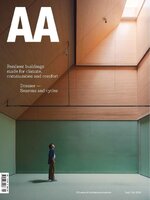 Sep 01 2024
Sep 01 2024
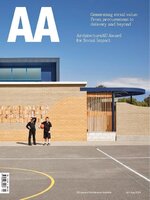 Jul 01 2024
Jul 01 2024
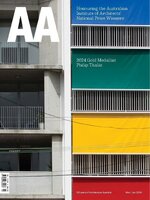 May 01 2024
May 01 2024
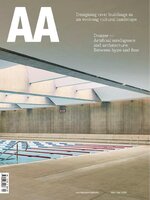 Mar 01 2024
Mar 01 2024
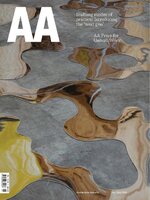 Jan 01 2024
Jan 01 2024
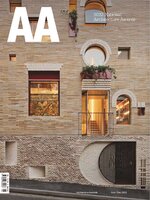 Nov 01 2023
Nov 01 2023
 Sep 01 2023
Sep 01 2023
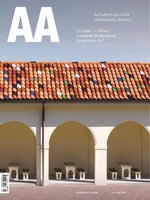 Jul 01 2023
Jul 01 2023
 May 01 2023
May 01 2023
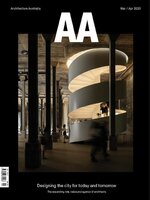 Mar 01 2023
Mar 01 2023
 Jan 01 2023
Jan 01 2023
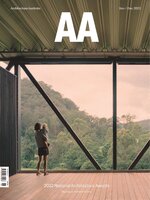 Nov 01 2022
Nov 01 2022
 Sep 01 2022
Sep 01 2022
 Jul 01 2022
Jul 01 2022
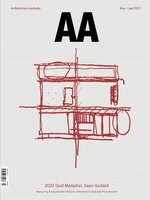 May 01 2022
May 01 2022
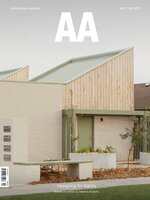 Mar 01 2022
Mar 01 2022
 Jan 01 2022
Jan 01 2022
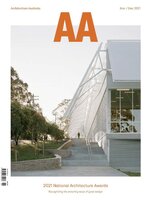 Nov 01 2021
Nov 01 2021